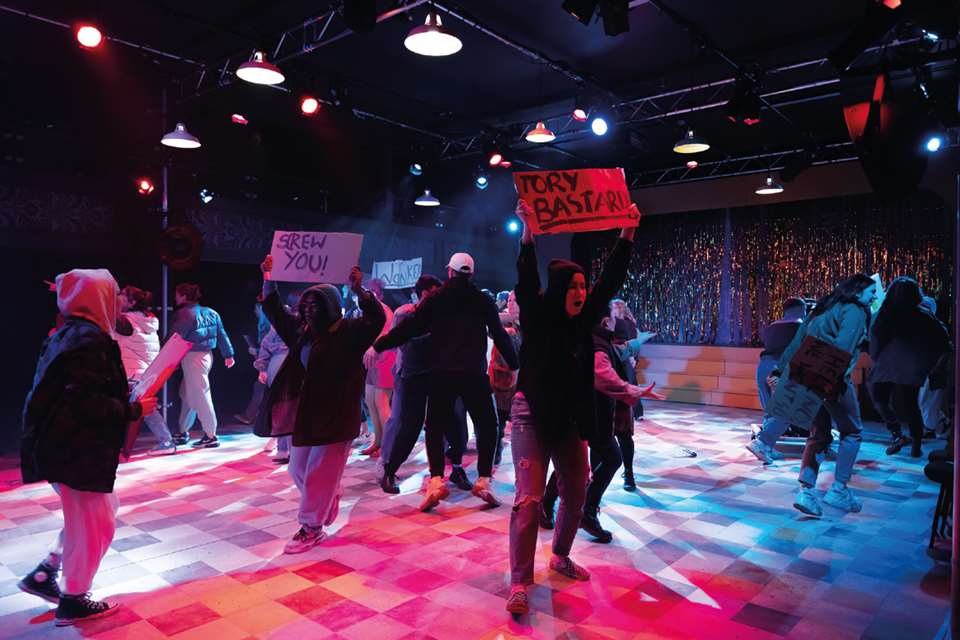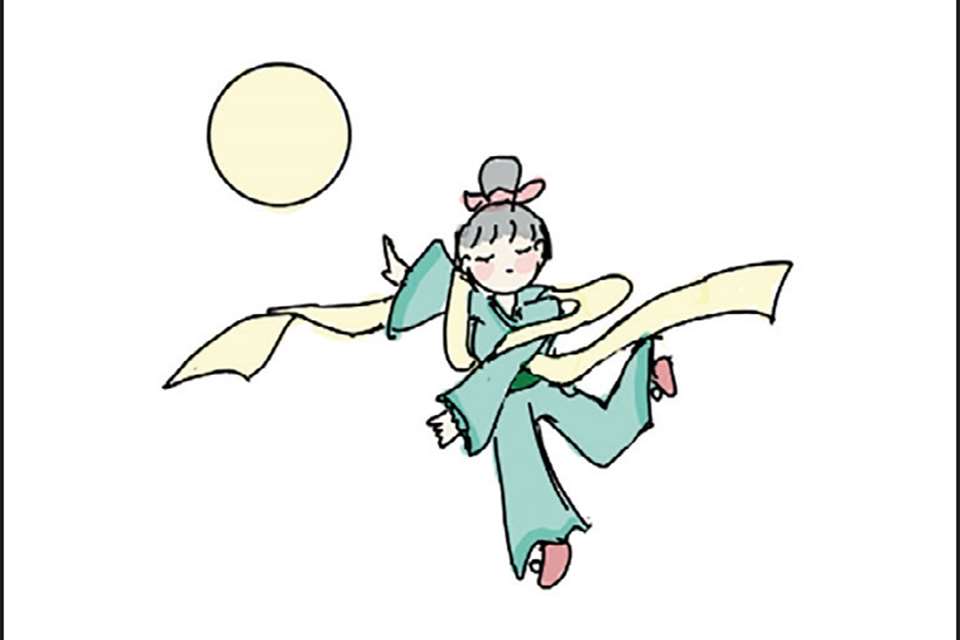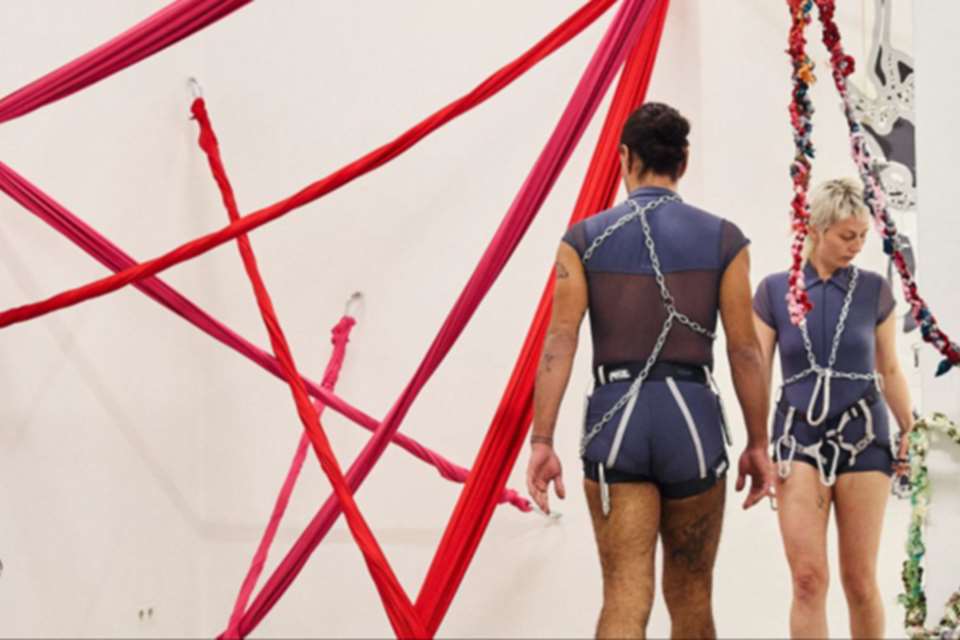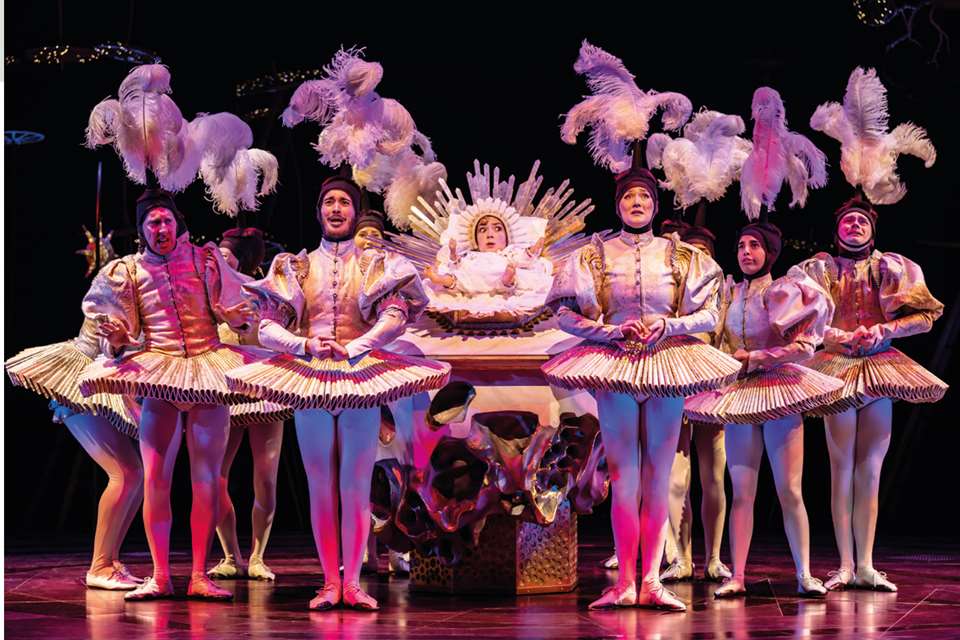The Last Five Years
Freya Parr
Wednesday, March 1, 2023
Editor Freya Parr describes this play as 'an excellent teaching resource for lessons discussing stagecraft, direction and prop use.'
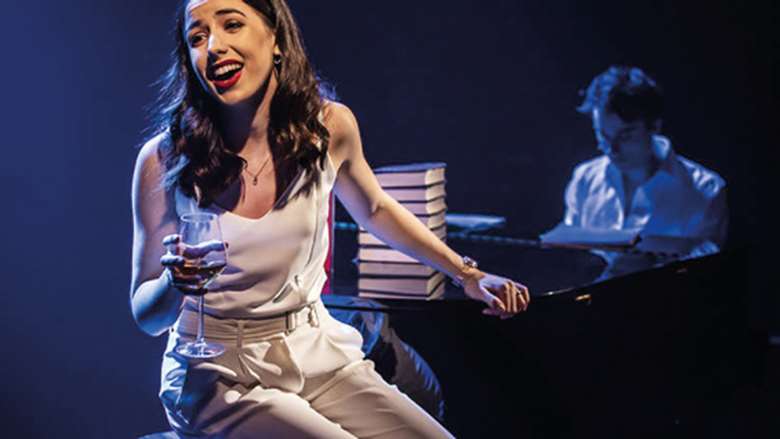
Register now to continue reading
Register to the Drama & Theatre website today and gain access to all the latest news and developments from the world of drama education. By registering you will receive:
- Free access to 4 subscriber-only articles per month
- Unlimited access to news and opinion on our website


